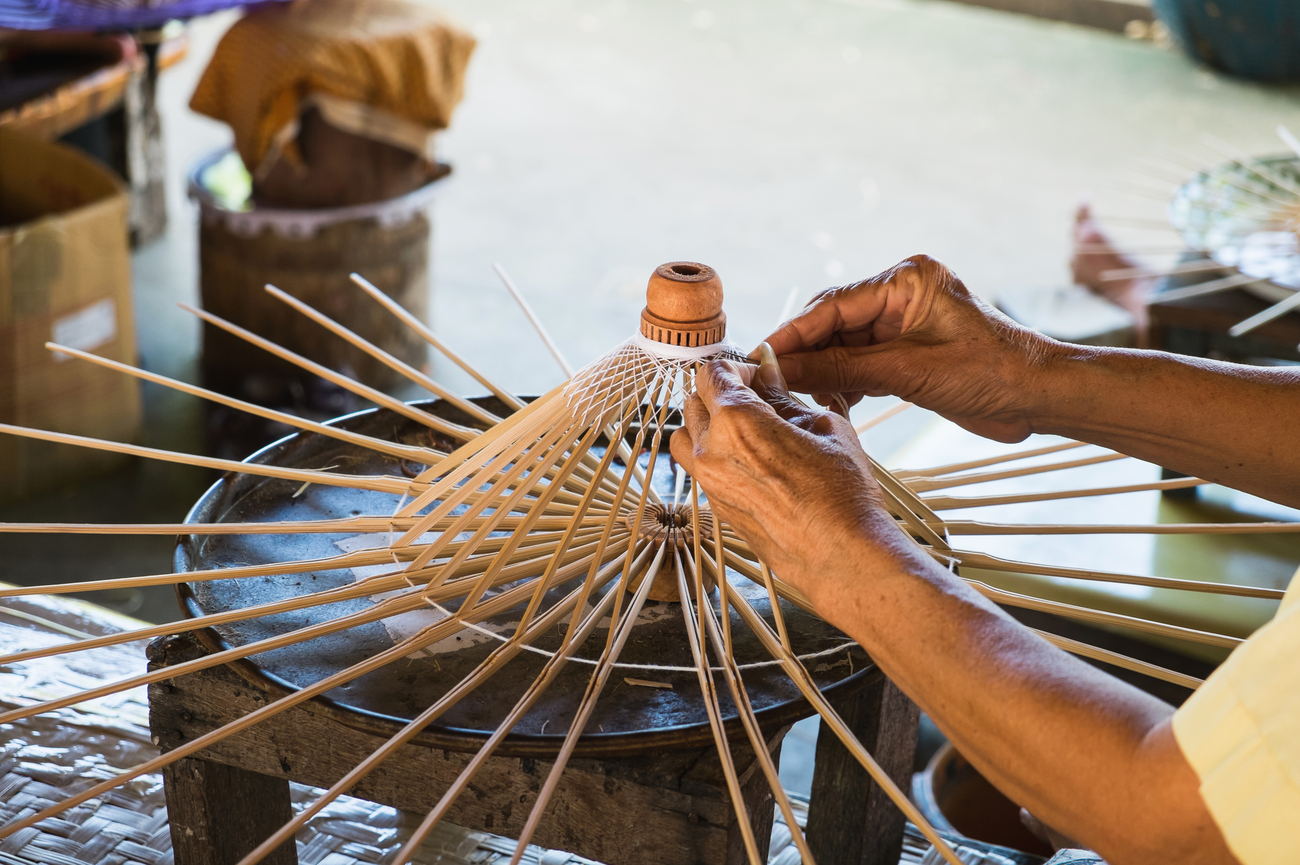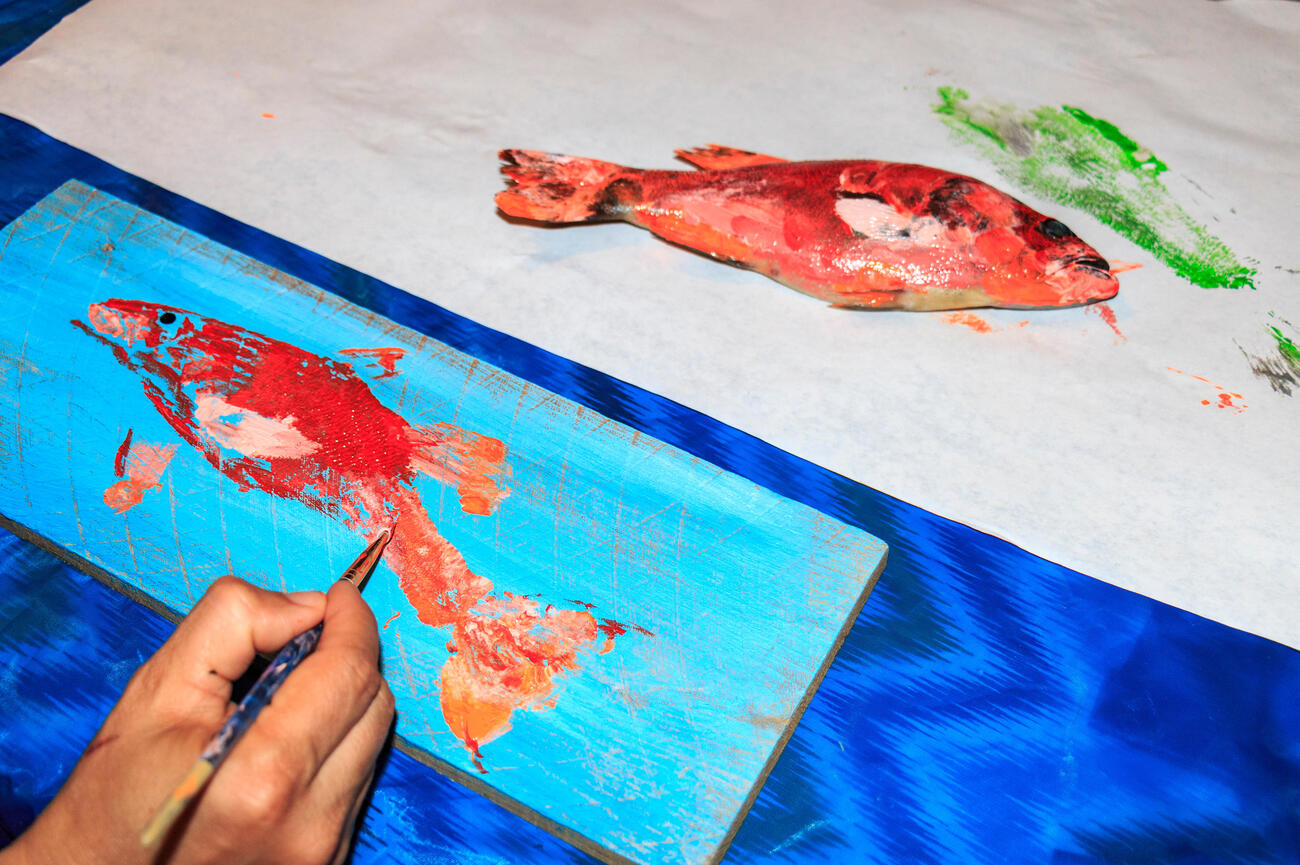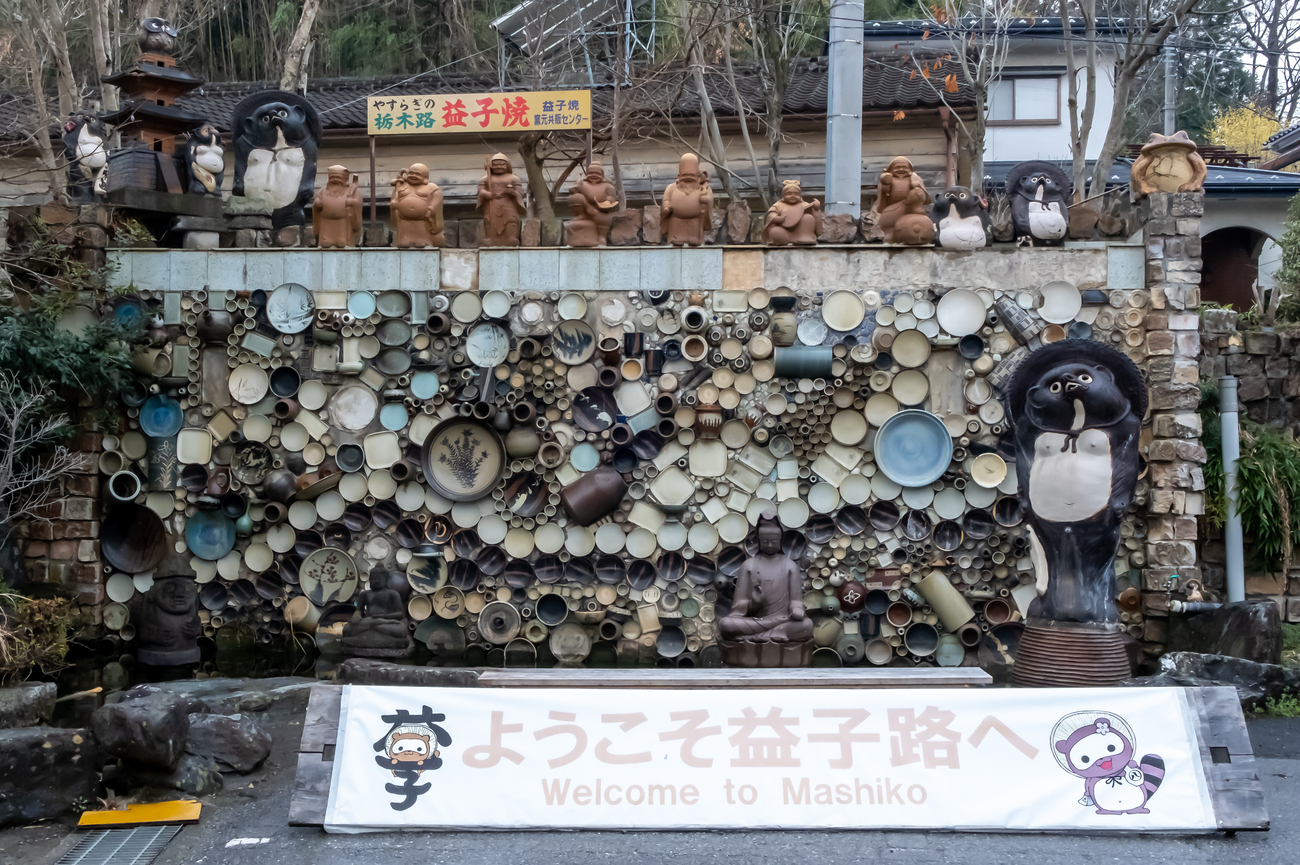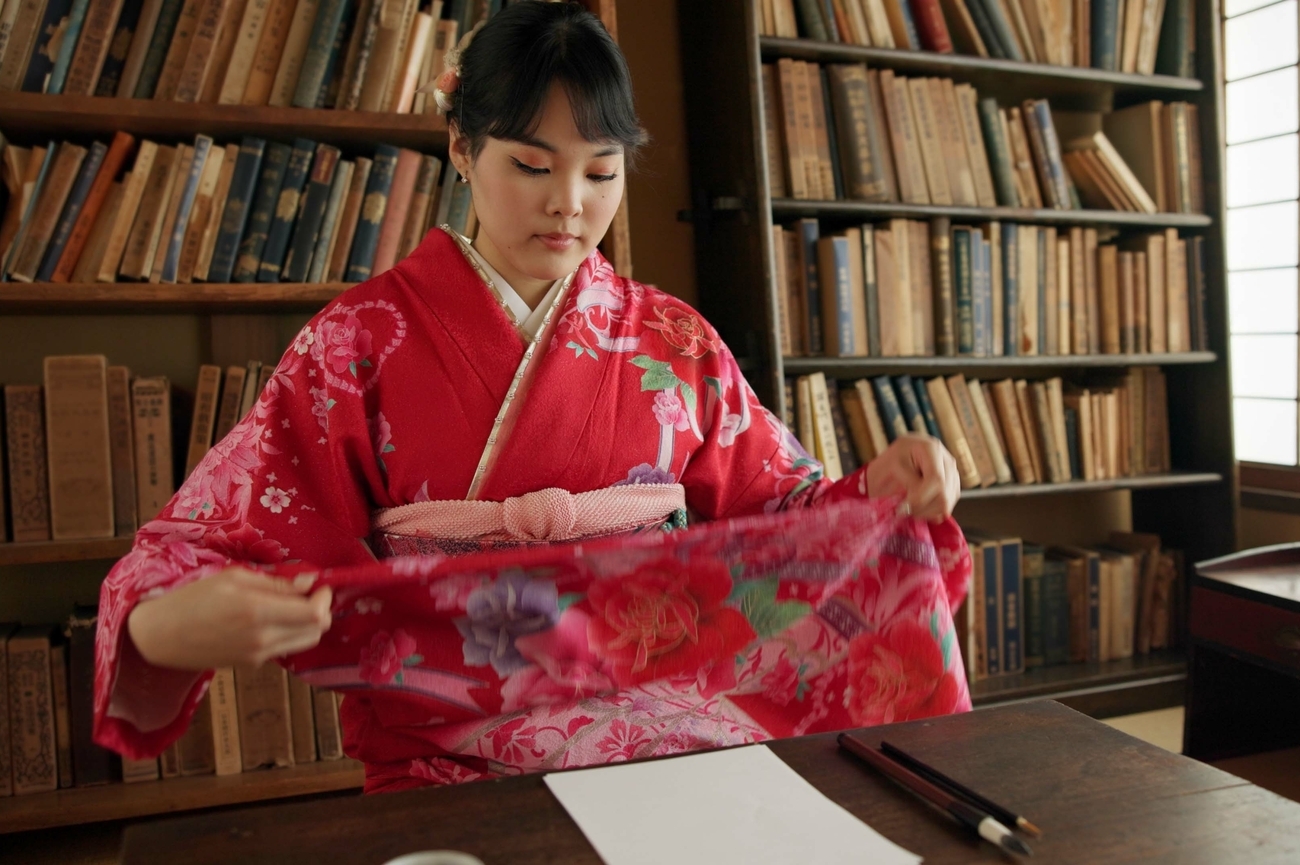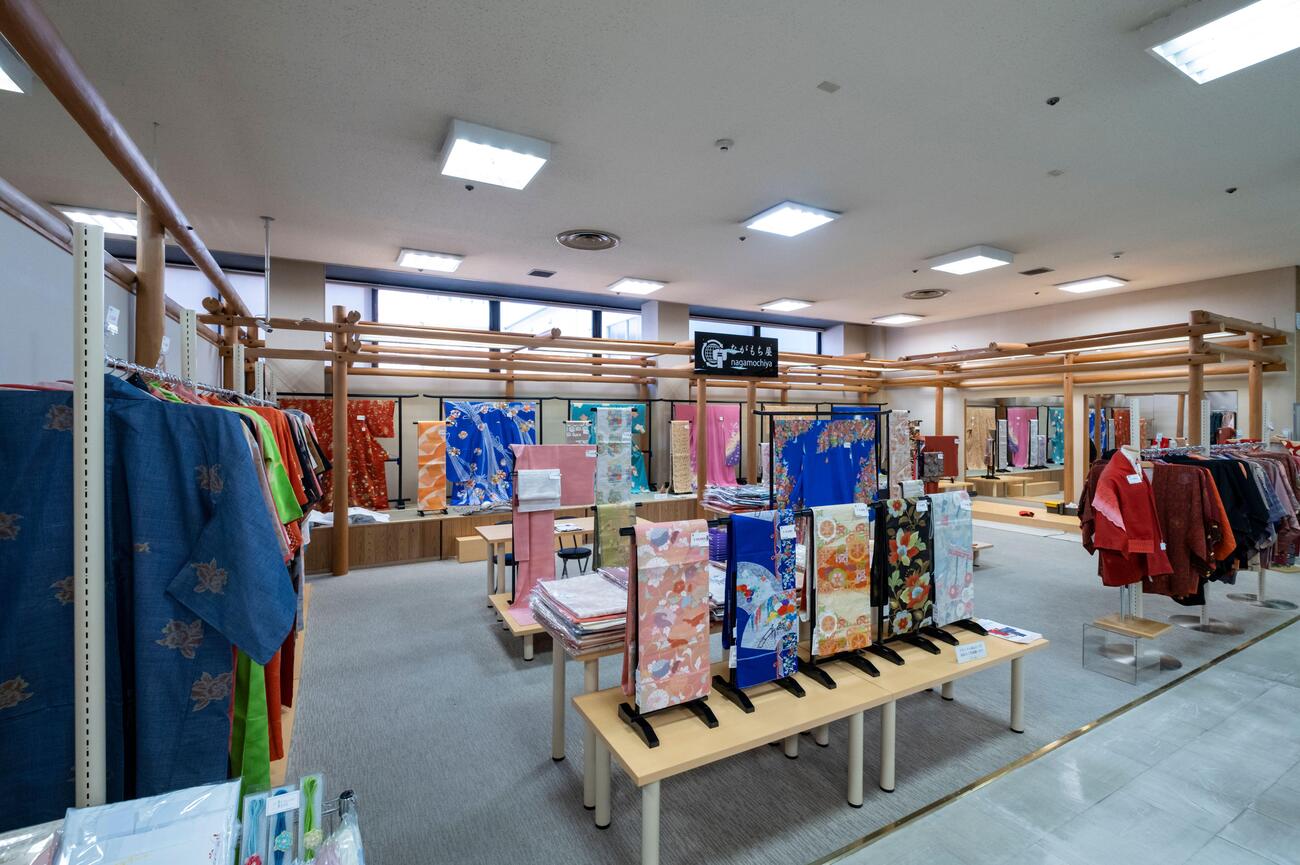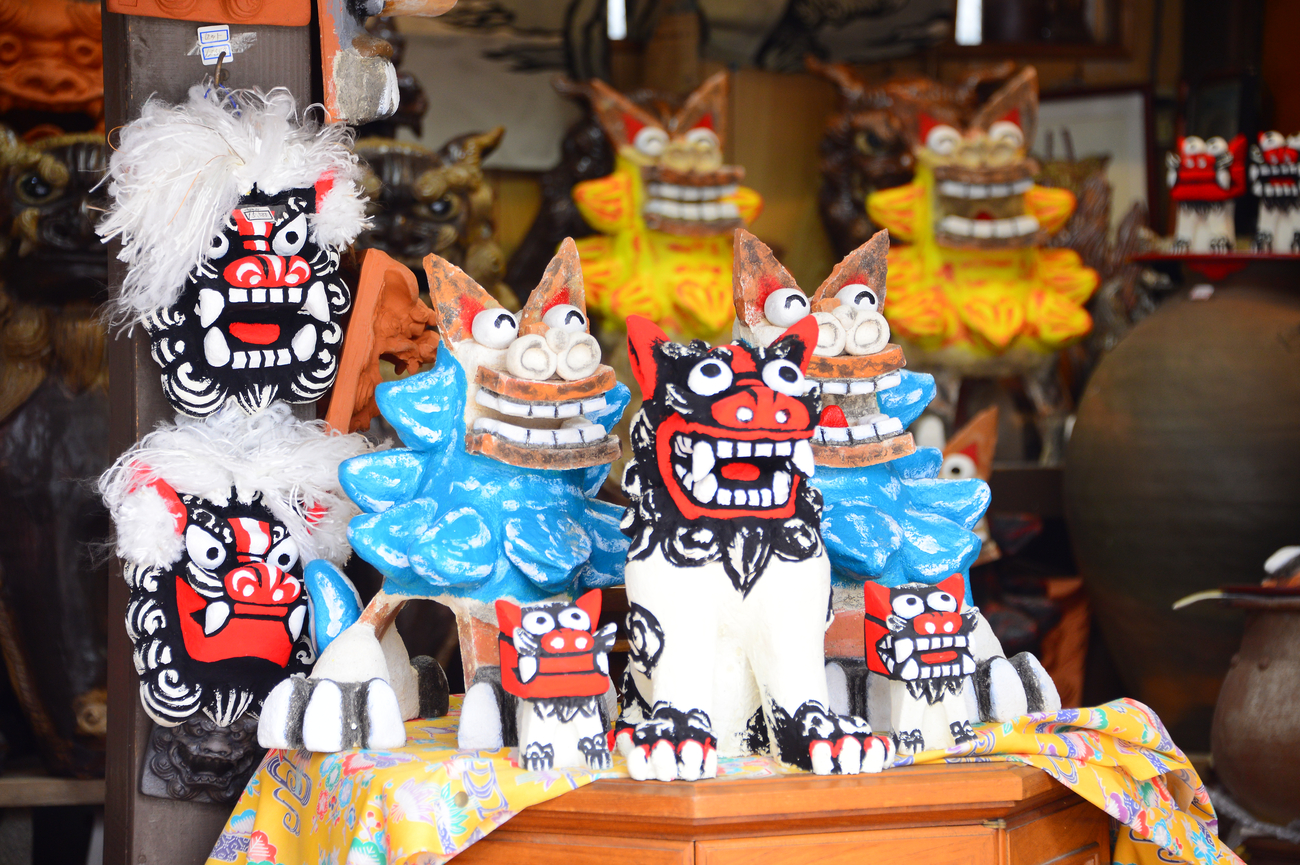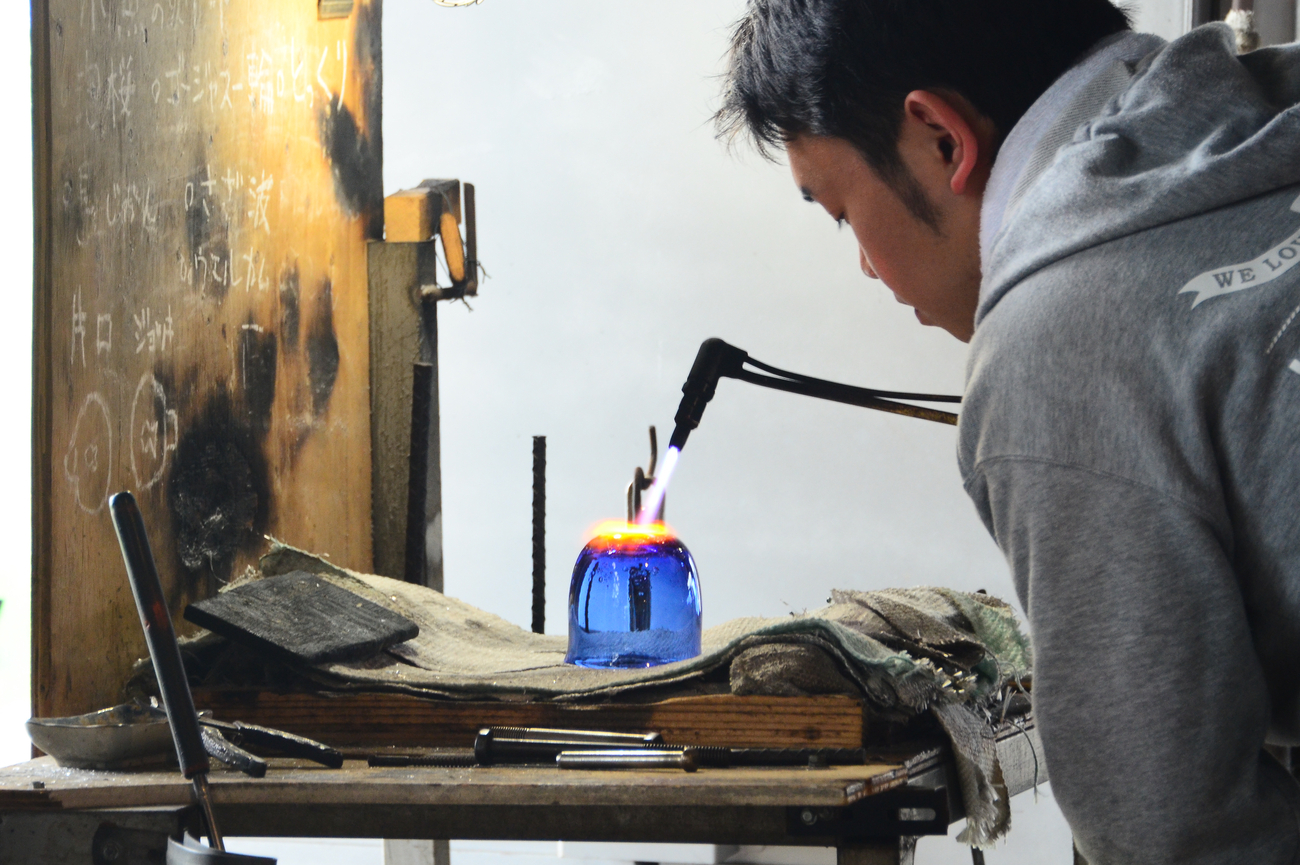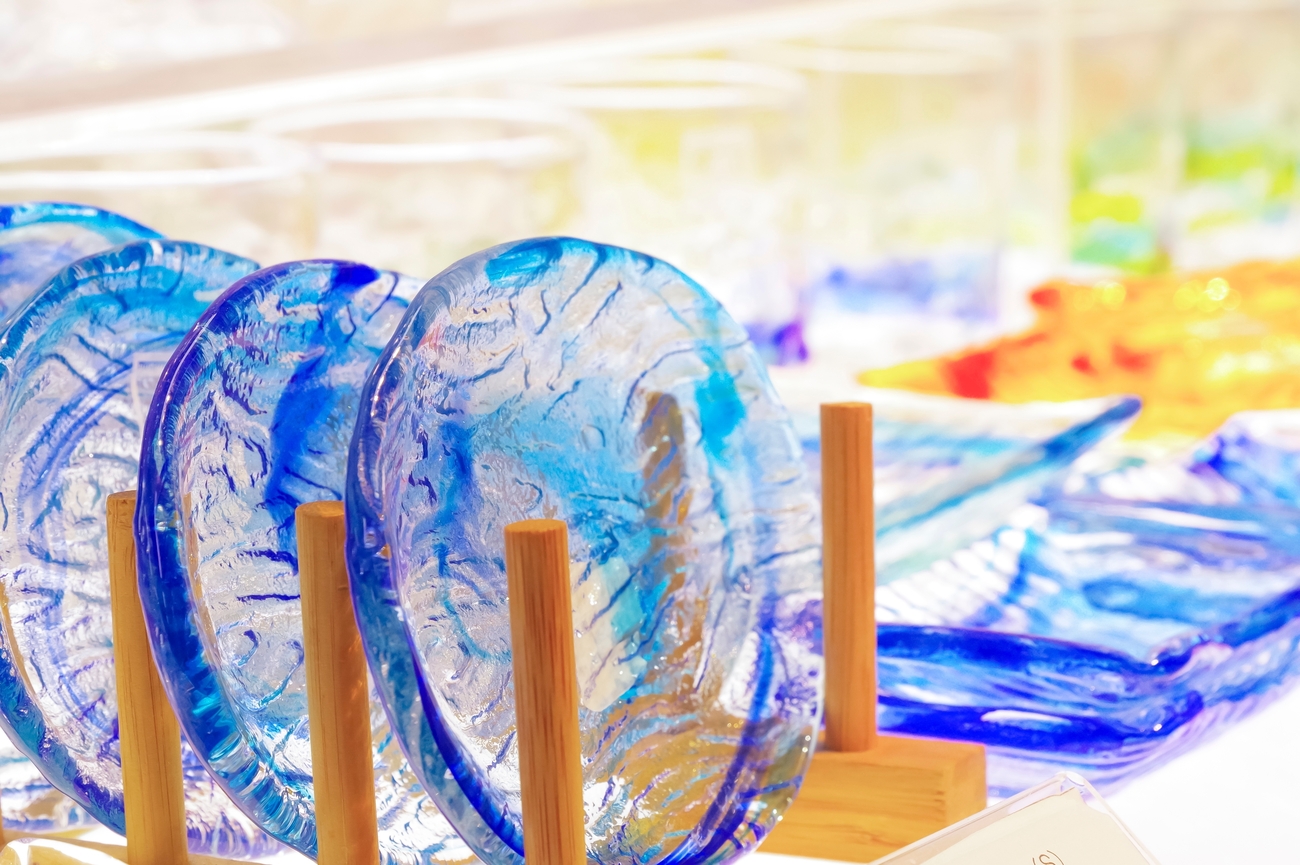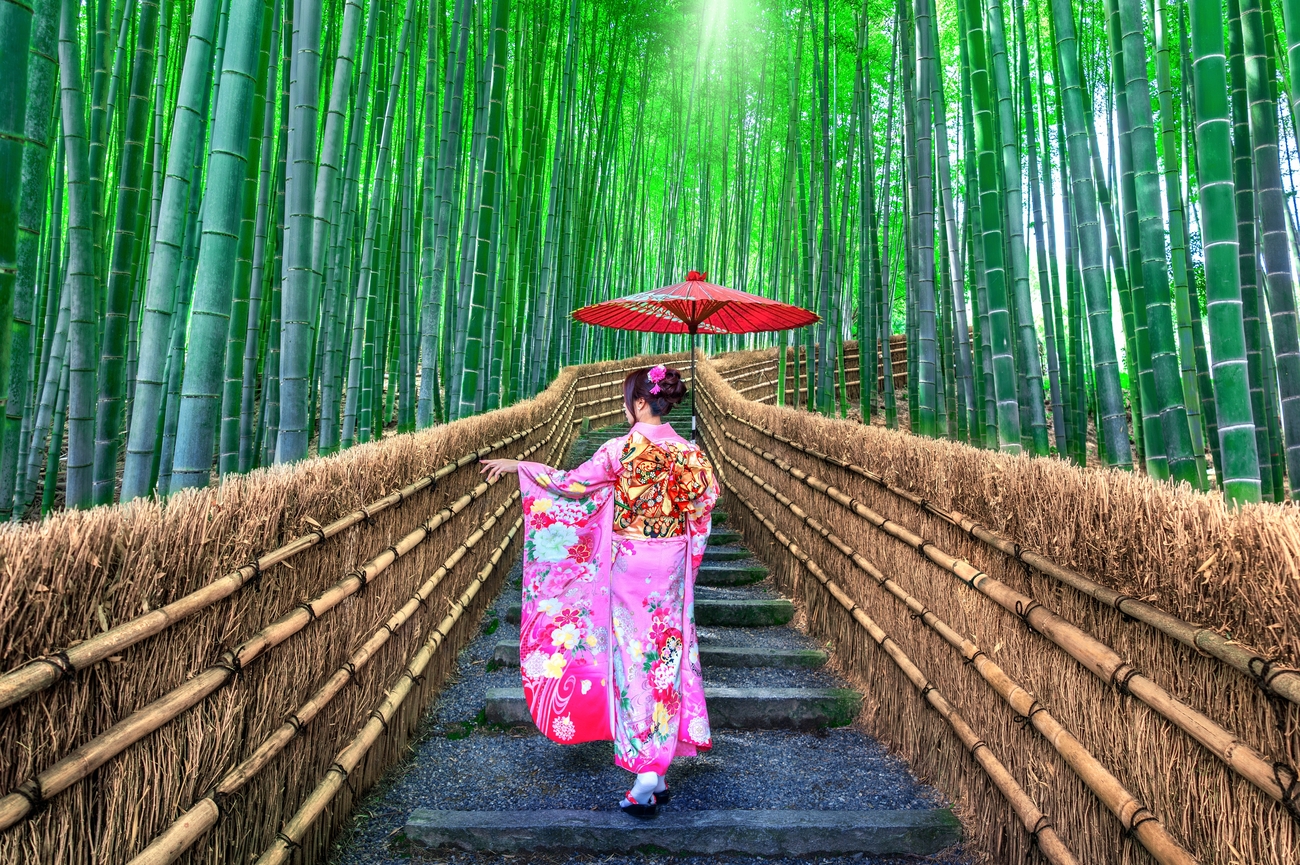Guide to Traditional Japanese Craft Villages:
Where to Meet Artisans

Japan is Where Time and Art Still Live
There’s a kind of quiet that lives in Japan’s craft towns. The kind that hums between a craftsman’s breath and the steady movement of their hands. Clay turns on a wheel, silk slides through a loom, lacquer glints under filtered light. These moments unfold slowly, and that’s the beauty of them.
To travel here is to step into someone’s lifelong rhythm. You’re not just watching creation; you’re watching patience itself. The people behind Japan’s traditional crafts rarely rush. They speak through what they make: a cup, a fabric, a painted tray, and in that, they tell you something about how to move through the world.
If this kind of journey draws you in, take a look at The Grand Tour of Japan: Culture, Cuisine & Timeless Craft. It was designed for travelers who seek meaning in the making, not just the seeing.
Discover Japan’s Living Craft Heritage
Japanese craftsmanship is a way of living. Generations learn by repetition, which means refining small movements until they feel like instinct. The result is a kind of artistry rooted in monozukuri, the spirit of making with heart, and wabi-sabi, a respect for imperfection that gives each piece its quiet soul.
You find this spirit in every corner of the country:
- In the faint scent of cedar shavings that hangs in a Gifu workshop.
- In indigo dye that stains your fingertips after visiting a Tokushima studio.
- In the soft tap of weaving looms behind old Kyoto streets.
- In the gold leaf that floats weightless over Kanazawa’s morning air.
- In the glassblowers of Okinawa, where color feels like sunlight captured.
Craft Villages Worth the Journey
Every craft town carries its own rhythm. Some are steeped in ritual, others thrive quietly beside rice fields or coastal paths. You come not for spectacle but for stillness, the kind that lets you feel connected to something long before your time.
Mashiko Pottery Town (Tochigi)
A couple of hours north of Tokyo, Mashiko feels grounded in earth and smoke. The kilns here still bake the rustic pottery once favored by Shoji Hamada, a leading figure of Japan’s folk art movement.
The town is dotted with workshops that welcome curious travelers.
- Visit Hamamatsuya Pottery Center to see local artisans shaping Mashiko-yaki clay.
- Explore the Mashiko Reference Collection Museum, home to historic pieces and experimental works.
- Browse along Jonaizaka Street, where family-run shops sell everyday ceramics that feel touched by warmth.
- Try a short pottery session — even beginners are handed real tools and time to learn.
Explore Mashiko’s pottery heritage through the local tourism association.
Kanazawa’s Kaga Yuzen and Gold Leaf
Kanazawa is one of those cities that balances tradition and refinement without effort. Its Kaga Yuzen silk dyeing technique has survived for centuries, where artisans hand-paint intricate floral and nature motifs onto kimono fabric in soft, gradient hues. The same devotion extends to its gold leaf, over ninety percent of Japan’s supply comes from here.
When you walk through Higashi Chaya, you can feel that quiet elegance in the air.
- Step into a gold leaf workshop to decorate chopsticks, trays, or postcards.
- Stop by Hakuza Gold Leaf Store for gilded souvenirs that shimmer like sunlight.
- Visit a Kaga Yuzen studio, where artists work on silk with brushes fine enough to paint on water.
- Pause at a teahouse for matcha served in gold-dusted bowls for an indulgent yet rooted in craft.
Kanazawa is also featured in our curated experiences through The Grand Tour of Japan, a route designed for travelers who appreciate the intersection of art, heritage, and modern grace.
Kyoto’s Nishijin Weaving District
Nishijin is the kind of place where the past hums quietly beneath the sound of silk. For centuries, Kyoto’s weavers have produced brocade fabrics so intricate they were once reserved for imperial robes. Walking through the district feels like stepping into a different tempo — slower, softer, but endlessly detailed.
Here’s how to experience it:
- Visit Nishijin Textile Center for a broad introduction to kimono weaving.
- For something more intimate, seek out family-run ateliers where looms are hand-operated and stories are shared over tea.
- Browse vintage textile shops around Horikawa Street, where you can find obi belts made by the same families for generations.
- Balance your day with a quiet stop at a nearby tea house or temple, a reminder that Kyoto’s artistry lives as much in atmosphere as in craft.
Okinawa’s Ryukyu Glass and Bingata Dyeing
Far south, Okinawa’s craft culture glows with island color. Its artisans reimagined local traditions after the war, transforming melted glass fragments into vivid bowls and vases known as Ryukyu glass. You’ll also find Bingata dyeing, a textile art inspired by coral reefs and tropical light.
Spend a few days exploring:
- Try a glassblowing workshop in Itoman or Naha.
- Visit Shuri Ryusen to hand-stencil your own Bingata patterns.
- Shop at Tsuboya Pottery District, where the local claywork leans into deep reds and blues.
- Enjoy Okinawan dishes like goya champuru or fresh sea grapes between visits — flavor and craft intertwine here.
How to Plan a Craft-Focused Journey
Craft travel in Japan rewards those who move at a slower pace. The Shinkansen connects major cities like Tokyo, Kyoto, and Kanazawa, while local trains and buses reach the smaller towns. For rural routes, consider renting a car, it gives you space to stop at roadside galleries or tiny tea shops tucked into hillsides.
Timing matters, too.
- Spring brings fresh air and gentle light for walking between studios.
- Autumn pairs perfectly with kiln smoke and harvest displays.
- Winter is ideal for visiting indoor workshops and hot springs nearby.
- Summer has local festivals that celebrate the crafts themselves, but also draws larger crowds.
If you’re designing a cultural route that blends artisan towns with fine dining, consider extending through The Grand Tour of Japan. It offers access to small workshops, private studio visits, and ryokan stays that let you see craftsmanship as part of daily life.
And if you need an extensive guide when traveling to Japan, our ultimate Japan Travel Guide might be what you’re looking for.
Souvenirs with Soul
In Japan, the best souvenirs aren’t mass-produced, they’re found by following curiosity. Buying directly from artisans lets you carry home a piece of their story, something that holds the warmth of the person who made it.
Regional keepsakes to look for:
- Mashiko: Earth-toned mugs and plates that grow more beautiful with use.
- Kanazawa: Gold-leaf trays or tea tins that catch the light differently each day.
- Kyoto: Handwoven obi sashes or indigo scarves, subtle yet intricate.
- Okinawa: Jewel-toned glassware that feels like the sea itself.
- Takayama or Gifu: Cedarwood toys and carved charms with mountain character.
Where Time Stands Still
There’s a moment in every craft town when sound fades. A potter wipes their hands, a loom pauses mid-motion, light drifts across a workshop floor. You’ll catch yourself breathing slower, tracing the texture of what’s around you.
That’s the secret gift of traveling through Japan’s artisan villages, they remind you what it feels like to be fully present. You leave with more than a souvenir. You leave with rhythm in your hands, scent in your memory, and a gentler way of seeing.
Journey Deeper into Japan’s Cultural Heart
Imagine meeting the people who shape Japan’s legacy with their hands, all while sharing stories, tea, and quiet moments of understanding. That’s what inspired The Grand Tour of Japan: Culture, Cuisine & Timeless Craft.
This journey connects travelers with artisans, chefs, and landscapes across Japan’s heritage towns. Every detail, from the ryokan breakfasts to the kiln-side conversations, is chosen to reveal the country’s living artistry with warmth and care.
When you’re ready to see Japan through texture, taste, and time, this is where your story begins.
Frequently Asked Questions
-
What are the best Japanese craft villages to visit?
Mashiko for pottery, Kanazawa for Kaga Yuzen and gold leaf, Kyoto’s Nishijin for weaving, and Okinawa for Ryukyu glass and Bingata.
-
Do I need reservations for workshops or studio visits?
Book ahead for hands-on classes or private studios. Some demonstrations are walk-in.
-
When is the best time to go?
Spring and autumn for pleasant weather, winter for indoor studios and hot springs, summer for festivals with more crowds.
-
How do I get around?
Shinkansen between cities, local trains or buses for districts, and rent a car for rural stops.
-
Can I ship purchases home?
Yes. Most reputable shops can pack and ship internationally. Keep receipts for customs.
-
Are workshops beginner-friendly?
Yes. Centres in Mashiko and Okinawa offer short guided sessions suitable for newcomers and families.


Let us know what you love, where you want to go, and we’ll design a one-of-a-kind adventure you’ll never forget.
Get in touch
Miriam
Europe & Africa Expert

Romina
Europe & Africa Expert

Catiane
Europe & Africa Expert
Our offices:
